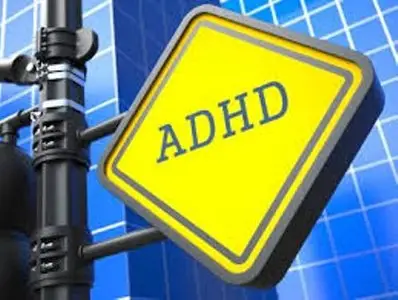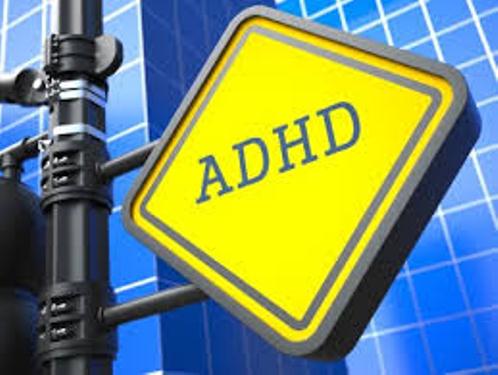Pay Attention: ADHD Through the Lifespan
11xDVDRip | MP4/AVC, ~74 kb/s | 960x540 | Duration: 05:54:18 | English: AAC, 127 kb/s (2 ch) | + PDF Manuals | 534 MB
Genre: Medicine
11xDVDRip | MP4/AVC, ~74 kb/s | 960x540 | Duration: 05:54:18 | English: AAC, 127 kb/s (2 ch) | + PDF Manuals | 534 MB
Genre: Medicine
It is estimated that 5-8% of school-aged children and 4% of adults in the United States suffer from some form of attention deficit disorder and that the incidence of the disorder is increasing in the population. Although it is the most widely studied behavior disorder of childhood, its etiology remains unclear, its outcome is variable, and its treatment is complex and moderately successful. Advances in neuroscience have provided new insights into the pathophysiology of ADHD, pointing to key neural circuits involved in attention, behavioral control, learning, and reward maintenance that appear to be underperforming in patients with the disorder. Moreover, the etiology of this heterogeneous disorder points to the key role of genetic and environmental interactions during prenatal and perinatal periods. Over the past decade, new diagnostic and interventional approaches have enabled clinicians to better diagnose and treat ADHD across the lifespan, while longitudinal studies have elucidated the long-term impact of the disorder on health and adaptive functioning.This course is intended for students with a background in psychology and/or neuroscience who are interested in learning more about the complexities of ADHD from both scientific and clinical perspectives. Scientific topics covered include prevalence and epidemiology, diagnostic criteria, clinical presentation at different ages, impact on development (intellect, academic, speech and language, emotional self control, motivation and executive functioning), health outcomes (risk taking, accidents, injuries, driving difficulties, unintended pregnancy), co-existing conditions (anxiety, mood, substance use disorders), and etiology (genetic, pre/perinatal, neurodevelopmental, neuroanatomic, neuropsychological). Clinical topics covered include approaches to assessment, medication treatments (stimulant and non-stimulant), and non-medical interventions.
Welcome to the best eLearning video (English, German, French, Spanish language) and many more: LINK
Do not forget to check my blog! Updated regularly!
Do not forget to check my blog! Updated regularly!
No mirrors pls!



